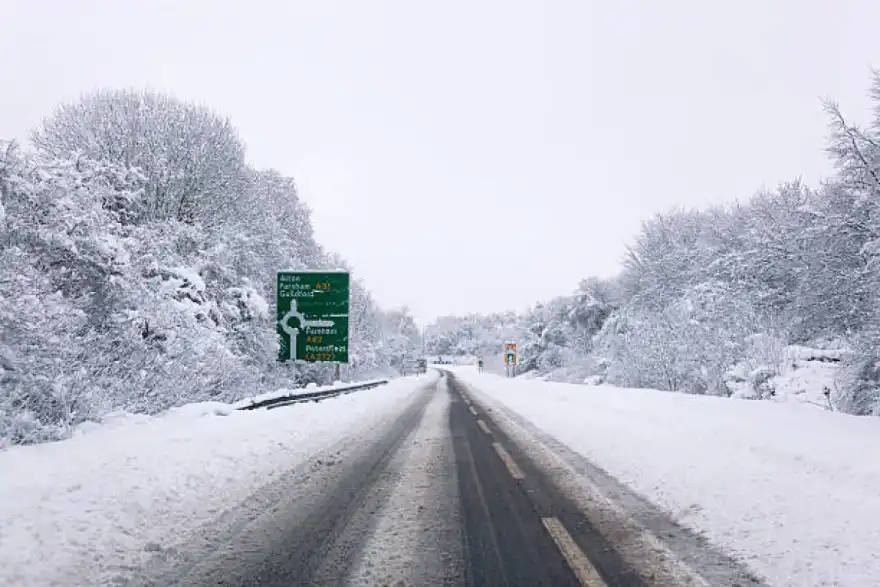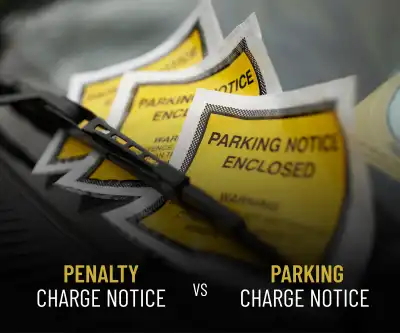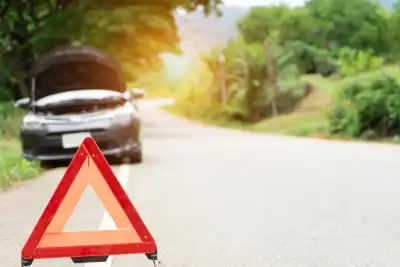
Navigating winter roads in the UK poses challenges, even for seasoned drivers. From snow and ice to extended dark nights and powerful winds, the array of elements can be daunting. If it's your first winter behind the wheel, it might trigger some driving anxiety. Fret not, though—we've compiled expert tips to ease you into winter driving with confidence!
Maintain a Safe Following Distance
In snowy and icy conditions, your stopping distance increases significantly. A typical 2-second gap may need to extend to 10 seconds or more. Driving too closely to the vehicle in front can be risky, as it may be challenging to stop in time.
Use a Higher Gear in Snow and Ice
Opting for a higher gear enhances control, especially on icy surfaces. If struggling to start, attempt pulling away in second gear for better traction. Starting in first gear on ice provides less grip.
Familiarise Yourself with Your Lights and Heating Systems
Winter brings not only cold weather but also shorter days, meaning you'll be driving in the dark more often. Before each journey, check that all lights are functional. Familiarise yourself with the appropriate lights for different situations. Understand how to use your heating controls to de-ice the car and prevent mist build-up. You need to make sure your vision is as clear as possible whilst driving in the dark.
Check Your Tyres
Winter reduces grip, emphasising the importance of well-maintained tyres. While the legal tread depth is 1.6mm, grip starts to diminish below 3mm. Regularly monitor tire condition and replace them if necessary. Consider investing in winter tires for improved traction, especially if you drive frequently.
Drive Cautiously and Allow Extra Time
Avoid rushing, particularly in winter conditions. Factor in additional time for your journey, leaving earlier than usual. Driving cautiously in winter is crucial for safety.
Beware of Black Ice
Black ice is invisible and dangerous. In freezing conditions, drive slowly and avoid risky manoeuvres. If you encounter black ice and skid, keep both hands on the wheel, avoid braking, and steer into the skid to regain control.
Be Prepare for All Weather Conditions
Winter brings not only snow and ice but also rain, wind, and fog. Adjust your driving for these conditions by reducing speed, staying calm and alert, and keeping both hands on the wheel. Poor visibility combined with rain, wind, and fog creates challenging driving situations.
Keep Fuel Topped Up
Maintain at least half a tank of fuel in winter to avoid the risk of running out. Breaking down in winter is more hazardous due to the increased darkness and more extreme weather, so ensure your tank is adequately filled.
Carry a Breakdown Kit
Be prepared for breakdowns by keeping essential items in your car. Include a blanket (for warmth), a torch, a fully charged phone, water, non-perishable snacks, and other winter driving essentials. Being prepared can make a significant difference if you find yourself stranded in winter.
If winter driving feels daunting, consider inviting a friend or family member on your trips to boost confidence and provide assistance if needed.




